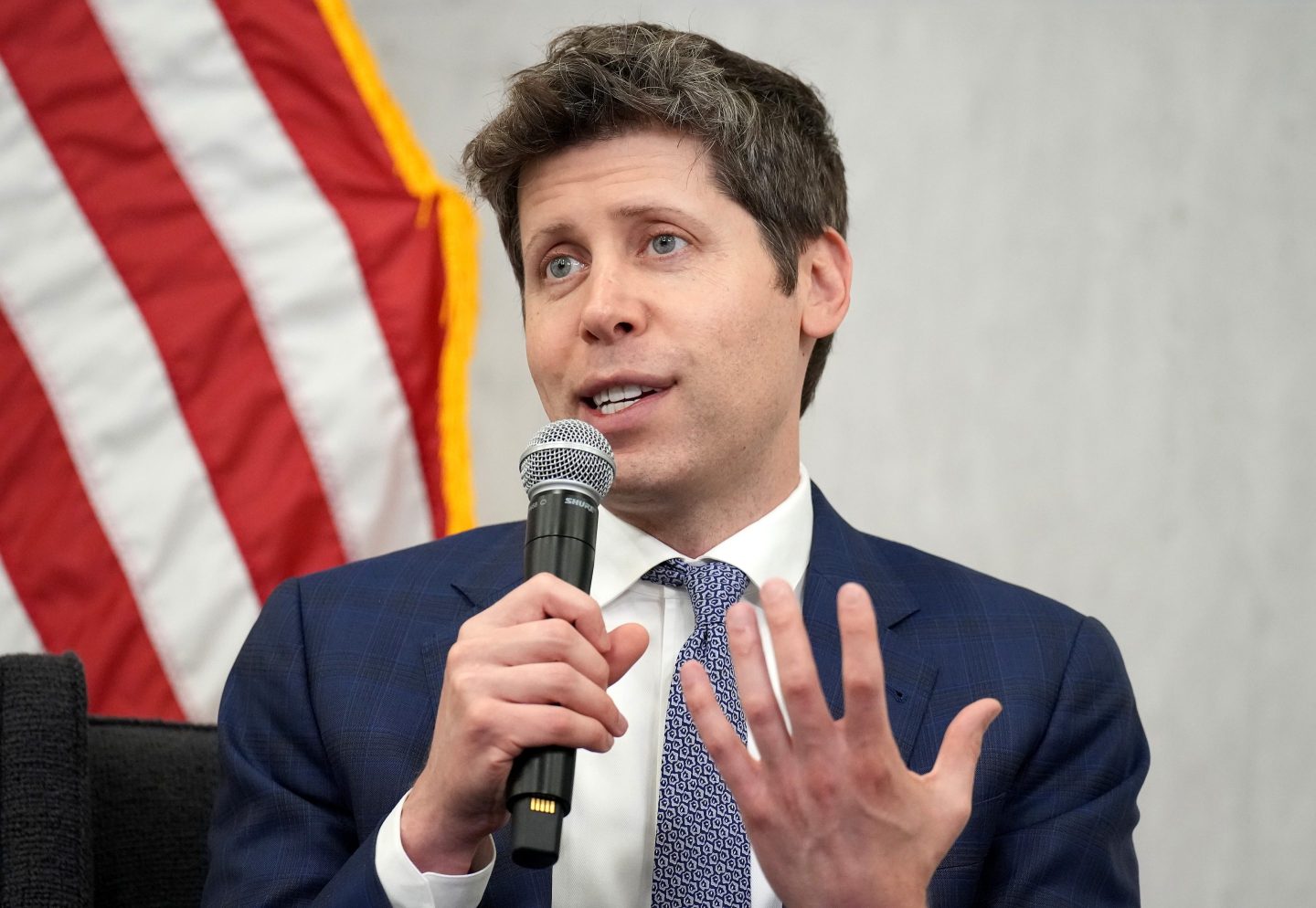In the annals of capital markets, a bull run has never raised expectations higher for a company’s future performance—relative to its size—than Tesla’s rampage in the past year. Would you believe that the EV maker’s moonshot since early October 2020 virtually mandates that it deliver $100 billion in additional profits, over and above the hurdle at its much lower price a year ago, to hand investors a decent return in the decade ahead? Tesla’s problem has long been that even if it succeeds brilliantly, its valuation was so gigantic that it could never perform stupendously enough to reward shareholders for making the riskiest of bets. After a stiff decline in midyear that still made it far from a good buy, its new leap is the clincher. It virtually guarantees that its superfans have overpriced a great company to the point where it makes for a bad investment.
On Oct. 7, 2020—exactly one year ago—Tesla closed at $425, and since it had about 1 billion shares outstanding, just as today, its market cap stood at $425 billion. Let’s assume that folks and funds want a 10% annual return to compensate for Tesla’s extreme volatility, and for the excellent possibility that its solar and battery businesses won’t deliver the extra juice needed to make its profitability multiples that of any carmaker ever. Since Tesla doesn’t pay a dividend and will probably need to retain all of its earnings to grow at a rubber-burning clip, all of the gains would have to come from a rising stock price. A year ago, Tesla could have hit the 10% mark if its stock rose 160% to $1,105 over the following 10 years. Let’s also assume that even after a huge growth phase, investors would still rate Tesla a speedster and award it a premium price/earnings multiple of 30. By simple math, it would need to be earning $37 billion a year a decade hence.
To keep it simple, we’ll assume that Tesla starts with the same approximately $3 billion profits that it posted on an annualized basis in the past quarter (subtracting sales of regulatory credits that will expire soon, and adjusting the tax rate). To hit the target, Tesla would need to grow its profits around 28% a year. In that “success” scenario, its earnings over those 10 years would amount to $148 billion. On an annual basis, Tesla would need to make about one-third more than highly profitable Bank of America garners today, but far less than the numbers posted by Microsoft or Apple.
Tesla’s recent rebound has enormously raised that bar. On Oct. 7, its shares crossed $800 for the first time since February, hiking its valuation to $800 billion. Now Tesla must race far faster to capture the same double-digit trophy. Its cap would still need to wax by 160% from a much higher base, reaching $2.1 trillion in October 2031 (at a share price of $2,100). At the same premium multiple of 30, its profits would hit $70 billion. That’s more than Microsoft ($62 billion) makes today and equals 80% of Apple’s profits over the past four quarters ($86.8 billion), the highest total ever recorded by a non-government-sponsored player. Along the way, Tesla’s earnings would be growing from our $3 billion base by 37% a year. That’s a full nine points faster than the 28% requirement when its market cap was $425 billion 12 months ago.
Along the way, Tesla would need to generate $248 billion in total net earnings. That exceeds last year’s $148 billion bogey by two-thirds. Now Tesla must make $100 million more to sweep the prize than the winning number last October. An investment in Tesla won’t pay off even if it laps the field of all the other automakers, and just about every high-flier.
In fact, a more likely outcome is that its market cap is the same in October 2031 as it is today. In that case, Tesla’s P/E would be much lower because it wouldn’t be nearly the grower posited in our two earlier examples. But say its multiple stood at around the market average of 25. Tesla would still need to be making $32 billion a year by 2031 to be worth what it’s selling for today. Just flatlining would require expanding profits 10-fold, or around 25% a year.
The new over-over-optimism has put Tesla in a no-win bind for investors. The story sounds great, the vision is enthralling, the CEO is a superstar. But in the end, it’s the math that counts. And the math says that the bonanza went to those who bought in years ago—and promises disappointment for the legions of new believers.
Subscribe to Fortune Daily to get essential business stories straight to your inbox each morning.












